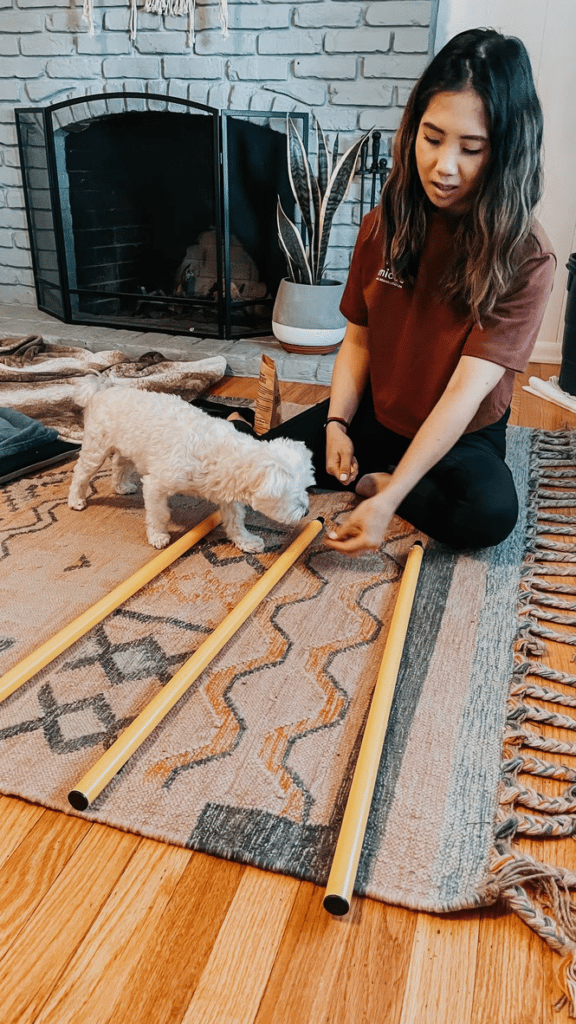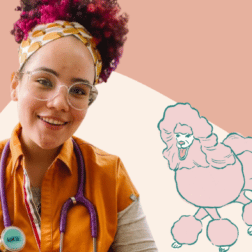Firstly, a little bit about us – Amicus Animal Rehabilitation is a mobile physical therapy company based in Portland, OR that caters to providing rehabilitation/physical therapy to everyone’s best friends: their pets! Whether dog or cat, Amicus brings all the necessary equipment & therapy tools in order to provide treatment to pets in the comforts of their own home where they feel most comfortable and safe. One of Amicus’ main goals is to bring more awareness to animal physical therapy and how beneficial (and sometimes crucial) it can be in improving your pets’ quality of life. Humans get physical therapy, so why can’t pets?!
Our pets are not so different from us humans; they experience injuries, are prone to arthritic changes with age, and, depending on the breed/species, are predisposed to certain neurological and/or orthopedic conditions that are unavoidable.
That being said – what exactly is animal physical therapy, and how can it help my dog?

Unfortunately, most of these issues either go unnoticed or unaddressed due to lack of resources, access, education, and/or awareness of the animal rehabilitation field in general. As a result, our pets experience daily pain and lower quality of life. At best, most pets are typically just prescribed pain medication in order to keep it under control, however this is only a temporary band-aid that won’t resolve the root issue! Because of this, our pets will start to develop compensatory patterns as a result of avoiding triggers that cause pain, such as: keeping their leg up during walking, avoidance of using stairs/getting into or out of cars/going on daily walks/play time, etc. All of these compensations eventually add up and start to negatively affect other body parts/regions due to overuse and over-reliance in order to offset the painful leg. It’s all a vicious cycle that unfortunately ends up resulting in poorer quality of life for your little guy or gal.
Let’s use a human example…

When we sprain our ankle and only take pain medication to “fix” it without properly recovering and participating in rehab, other body parts will start to feel a little more ache-y or tight overtime. Why is that? Well, our ankle will start to lose normal flexibility and range of motion because we’re avoiding moving our ankle which then causes muscle tightness in our calf muscles due to less use that also starts to affect hips and knees because if our calf muscles are tight this causes us to walk funky and when we walk funky on one side but not the other our hips and knees will start to not feel so good anymore!
You’re probably thinking – WHOA. I had no idea that an ankle sprain would ever affect my hips! But our bodies (as amazing as they are), all of our muscles, tendons, joints, bones are connected and rely on one another & must all work well for us to be functional human beings just going about life.
Phew! Now with that said – how can physical therapy help my pet?

Animal physical therapy treats all sorts of conditions, whether orthopedic or neurological. Rehab focuses on using therapeutic exercise, manual therapy and/or hands-on work, and modalities altogether in order to squash the primary issue head-on. Treatments involve pain management, improving overall strength, recovering from surgery and/or injury, improving balance and coordination, maintenance of chronic conditions or just old age, and so many other things!
Not only that, animal physical therapy can also be used as a preventative measure, especially for canine athletes and/or working dogs! For these guys, we focus on strengthening, balance/coordination, and conditioning/endurance so that down the line we can prevent any injuries from occurring and/or improve their performance during competitions or while working.
And the adorable special needs puppers

Another much needed area that’s critical to animal rehab involves our special needs pet population. With these guys, physical therapy is crucial to getting the most appropriate adaptive equipment (i.e. carts, prosthetics, harnesses, braces, etc.). Not only does rehab help owners in trialing/fitting the most appropriate equipment to your pets unique body and needs, but we also focus on getting your pet used to and adapting with their new, spanky equipment with the goal of improving their overall independence!
Words are great and all, but how about some actual examples?
Example #1

This little guy suffered a nerve injury in his left front leg after jumping off the bed. He was initially paralyzed the first two weeks after the injury, however has since made a full recovery! Over the past several years, residual weakness and muscle tightness have compounded, causing him to use his left front leg less and occasionally even refusing to put weight on that limb or go on walks (which he usually loves). One way to target weight-bearing on a specific limb is using cavaletti poles. The poles act as hurdles to not only encourage increased flexion/lifting of that limb so as to get more range of motion, but they also require him to equally weight-bear on both front limbs when walking forward in order to avoid hitting the poles.
Example #2

As previously mentioned, because this guy has been using his left front leg less, his right front leg has been working overtime in order to compensate. As a result, he was starting to feel pain, develop tightness and decreased range of motion in his right front leg/shoulder. In addition to therapeutic exercise, we also focus on manual therapy to help improve range of motion, joint mobility, and overall flexibility. Here we are applying passive range of motion techniques at his shoulder joint to improve shoulder extension.
Example #3

So far we’ve touched on the two most important aspects of physical therapy – therapeutic exercise and manual therapy. The third component of rehab involves the use of modalities which is a good adjunct for treatment. There are many different types that are used depending on the diagnosis/condition, however laser therapy and PEMF (pulsed electro-magnetic field) therapy are probably the most popular and both can provide pain relief and help with overall recovery. Here we are using both concurrently – our little guy is laying on a PEMF mat while the therapist is applying laser therapy to regions of his left front leg that are painful and/or stiff. Both of these modalities will help in providing temporary pain management in order to maximize the benefits of exercising and the manual work done prior.
So now that you know how helpful physical therapy can be for animals, help us spread the word so that your pet, your neighbor’s pet, and your grocery store bagger’s pet can all live long, healthy, pain-free, independent, & happy lives!




